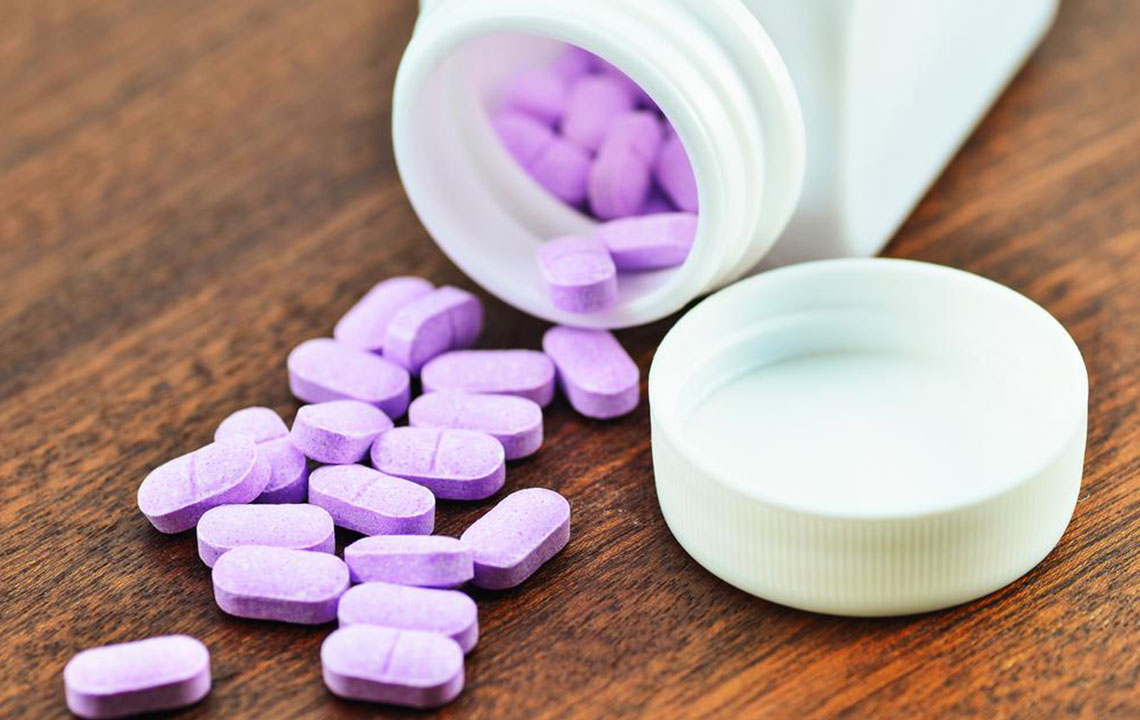Benefits of Medication That Relieve Pain

Managing pain becomes essential when pain is felt every day. It becomes important to manage pain in order to lead a normal life. When pain does not subside, medication gives you a permanent or temporary relief from pain. Over-the-counter implies to drugs that you can receive without prescription. You can have access to Acetaminophen (Tylenol) or Nonsteroidal anti-inflammatory drugs(NSAIDs). Both these drugs help by reducing fever and pain that may be caused by stiffness or muscle ache. NSAIDs along with reducing fever and pain also helps n reducing swelling or any irritation that may be faced. These two drugs work differently, with acetaminophen it reduces the feeling of pain by working on the parts of the brain that receive the pain signals whereas an NSAIDs acts in reducing pain by reducing the production of prostaglandins that cause pain. Prostaglandins are hormones that cause pain in our body. NSAIDs are also prescribed and may cause a risk of a heart attack or stroke. People with a sensitive stomach may also consider going for medication for pain relief. Stomach problems after the consumption of NSAIDs. There are certain pain relievers that can also be applied topically and need not be consumed. These products come in various forms such as cream, lotions, sprays. These can be applied on the skin in order to relieve pain where the muscles are sore.
Upon visiting the doctor, you may also be prescribed pain relievers. The prescription is of drugs that should be administered with medical care. These are Corticosteroids, Opioids, Antidepressants or Anticonvulsants. Corticosteroids are provided when there are inflamed areas in the body that have cause swelling, itchiness, allergic reaction or redness. They are given in the form of a pill when they are being used to control the sensation of pain and are also available in the form of injections. Some may face potential side effects with the use of Corticosteroids which may include weight gain, an upset stomach, severe or a mild headache, sudden mood changes, difficulty in sleeping, chances of developing a weak immune system and the gradual thinning of bones. They are to be only taken as per prescription, and lower doses are administered in order to minimise the potential side effects. These are also only administered in short period of time with a possibly low dose.
The other drug that may be prescribed is Opioids. These are narcotic medication for pain relief. They include natural, synthetic or semi-synthetic opiates. These are only prescribed for acute pain relief. The pain that may be felt right after a surgery is severe, and Opioids are used only when severe pain is felt. This medication does not cause bleeding in the stomach or other parts of the body as many drugs may cause. The addiction rate for opioids is rare if it is used to treat pain. The addiction rate is rare only if it used for a short period of time. There are certain side effects associated with Opioids that may be caused. These are Depression, feeling of constipation, suffering from nausea, constant itching or breathing problems. Addiction is seen to the drug if it is consumed for a longer duration of time period.
Antidepressants are drugs that are prescribed in order to treat pain or any emotional distress. These works by adjusting the natural chemicals within the brain that makes you feel sad or creates pain. The medication helps increase the level or feeling of well-being and relaxation that in turn helps the control of chronic pain or pain conditions in a patient who may not respond to usual treatments. A headache and menstrual pain can be relieved by administering a low dose of antidepressants. These acute pain can be only relieved by medications. A steady dose is to be given to these drugs in order for the medicine to build up in the body over a time period for results to be seen. Depression requires a higher dose of the medicine in order to be treated. There are side effects of anti-depressants, but the same is lower to other medication and may include a feeling of constipation, difficulty in urinating, blurry vision, fatigue or dry mouth, nausea and a headache.
Anticonvulsants are usually administered for relief seizure disorders. Some of the medicines have proven to treat pain. How the pain is treated by these medicines is not known but they are thought to minimize the side effects by acting on the nerves that cause the pain. These are well-tolerated medications that may cause one to feel drowsiness, dizziness, a feeling of fatigue of nausea.
If the pain is not relieved by the medication prescribed or over the counter pill, you will have to consult your doctor. These include physical therapy or you may be recommended TENS, which is a procedure where there is a patch placed on the skin to send signals that may aid in stopping the pain.


